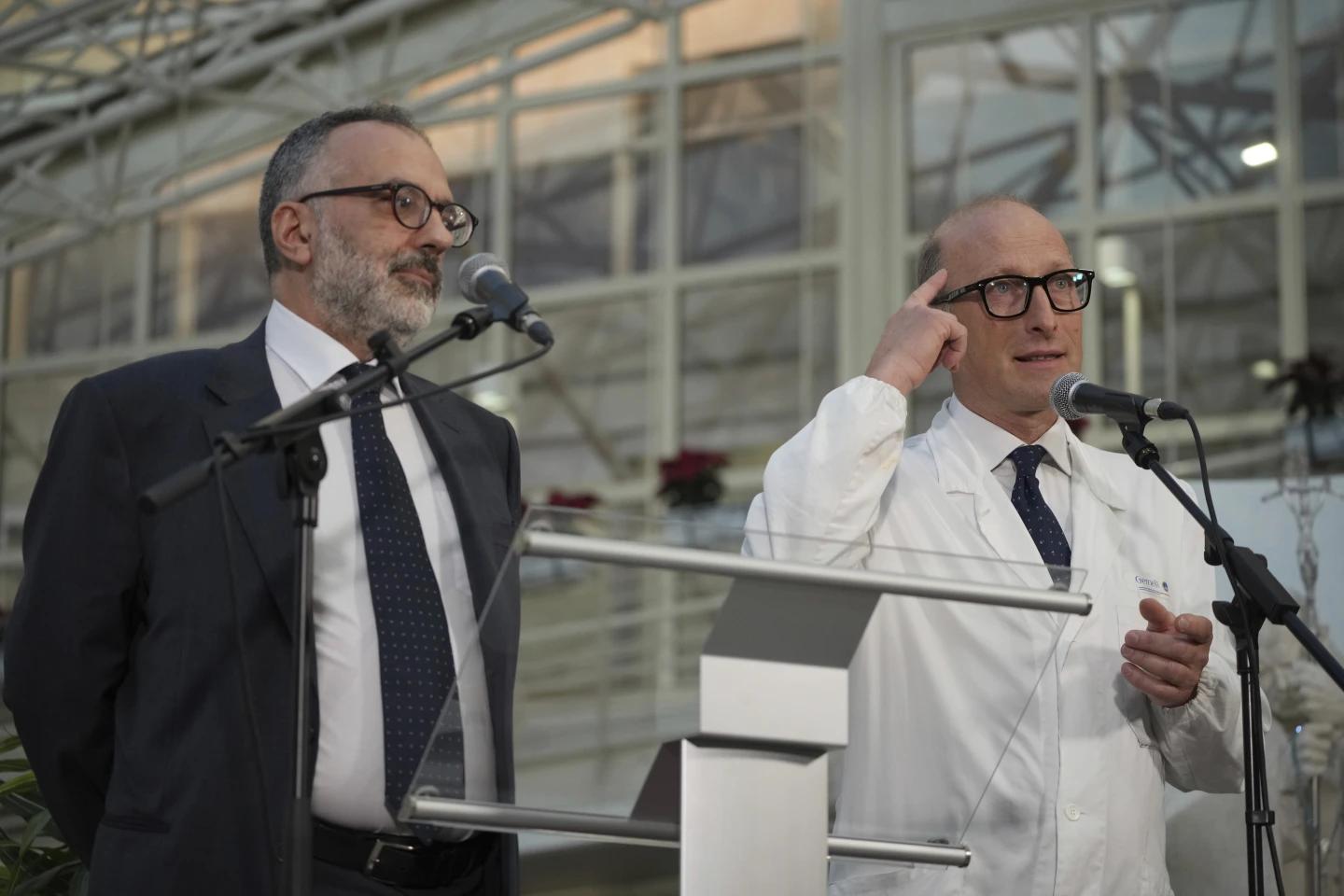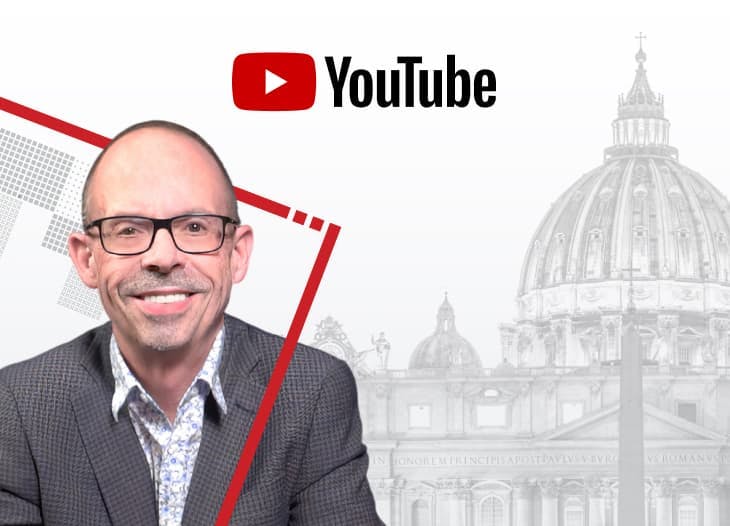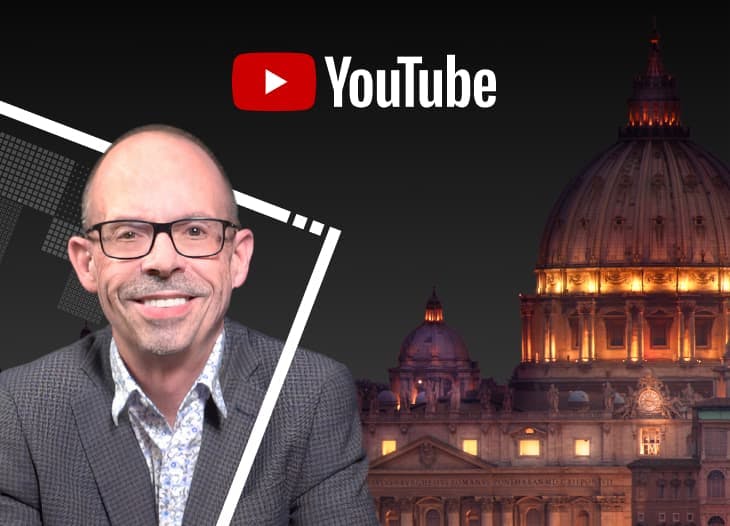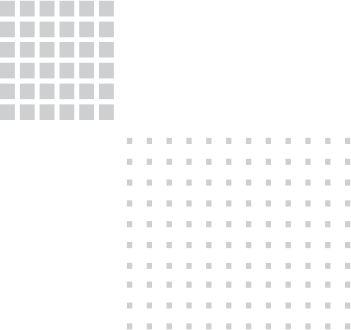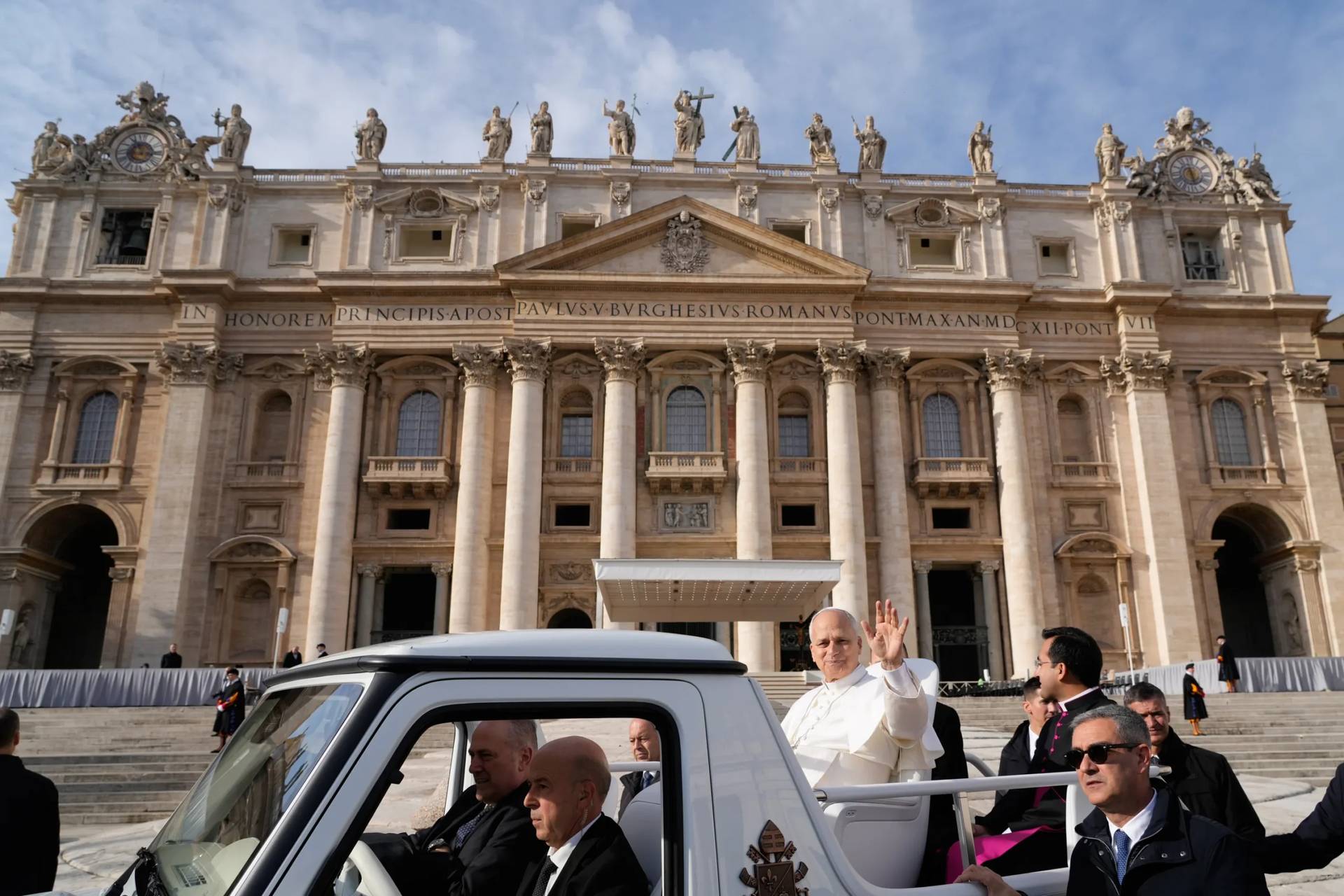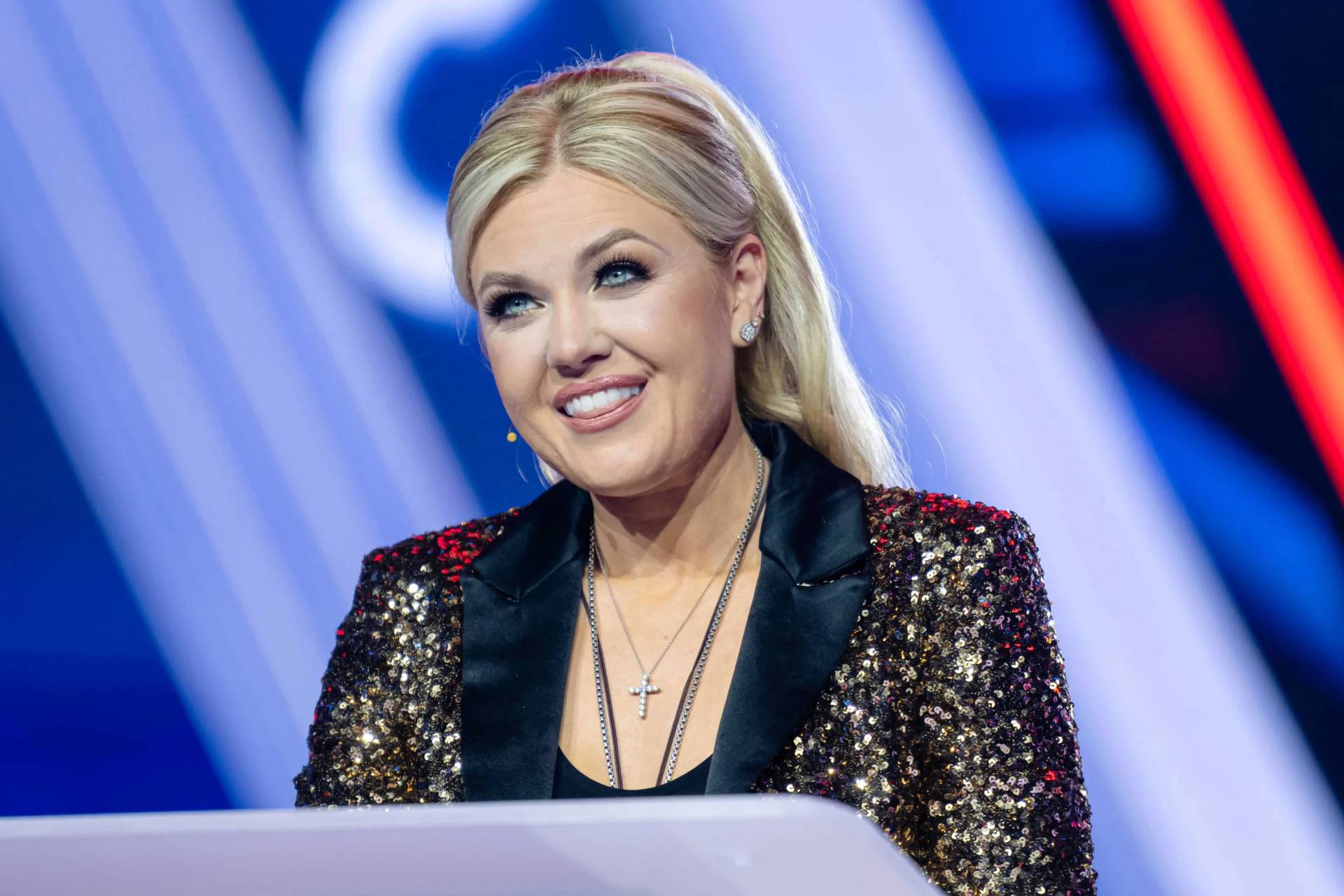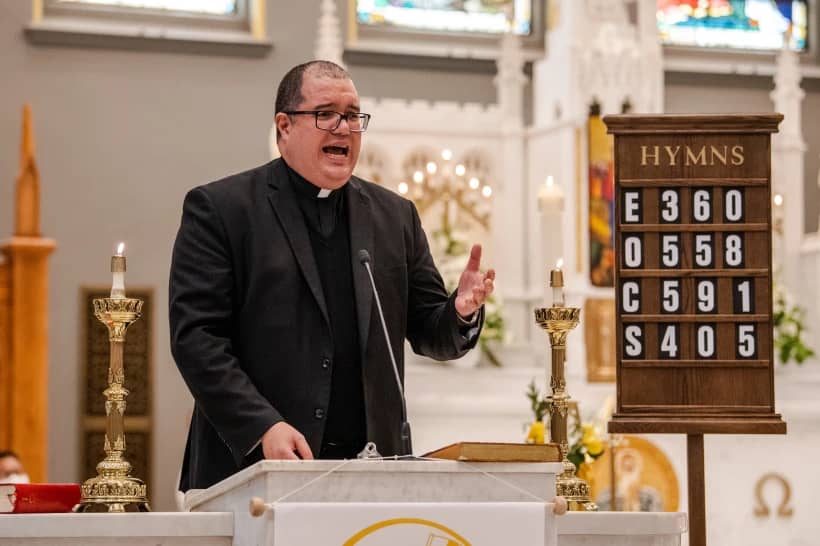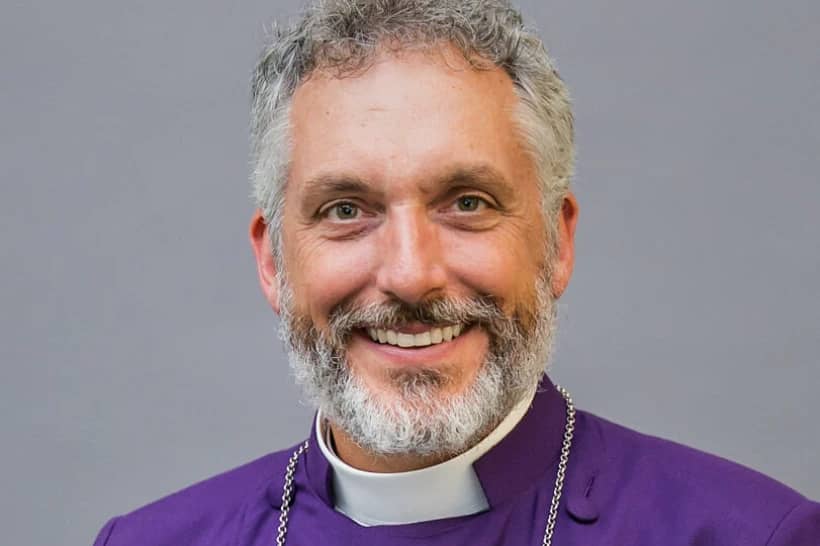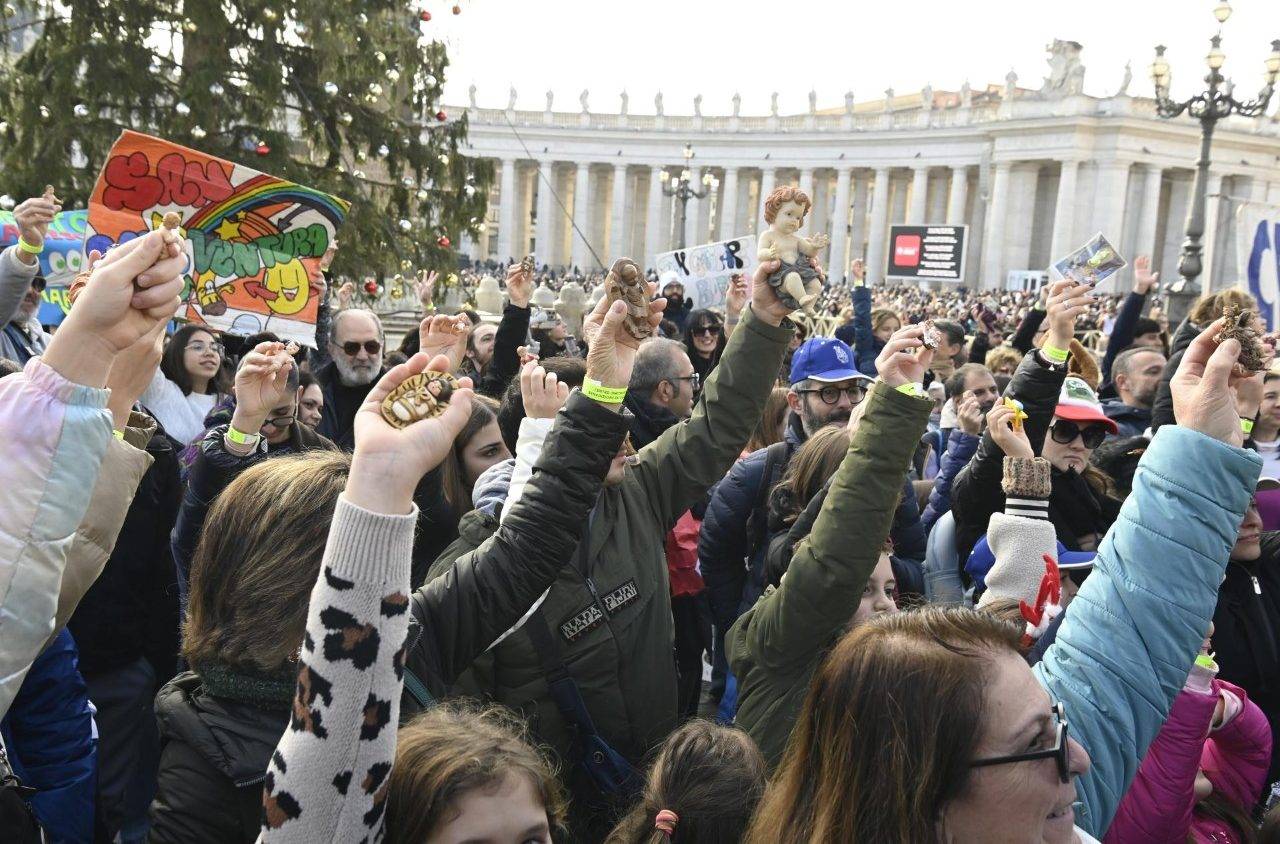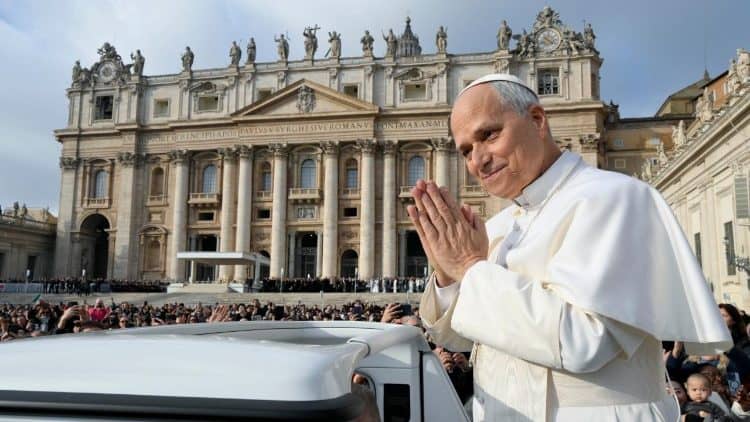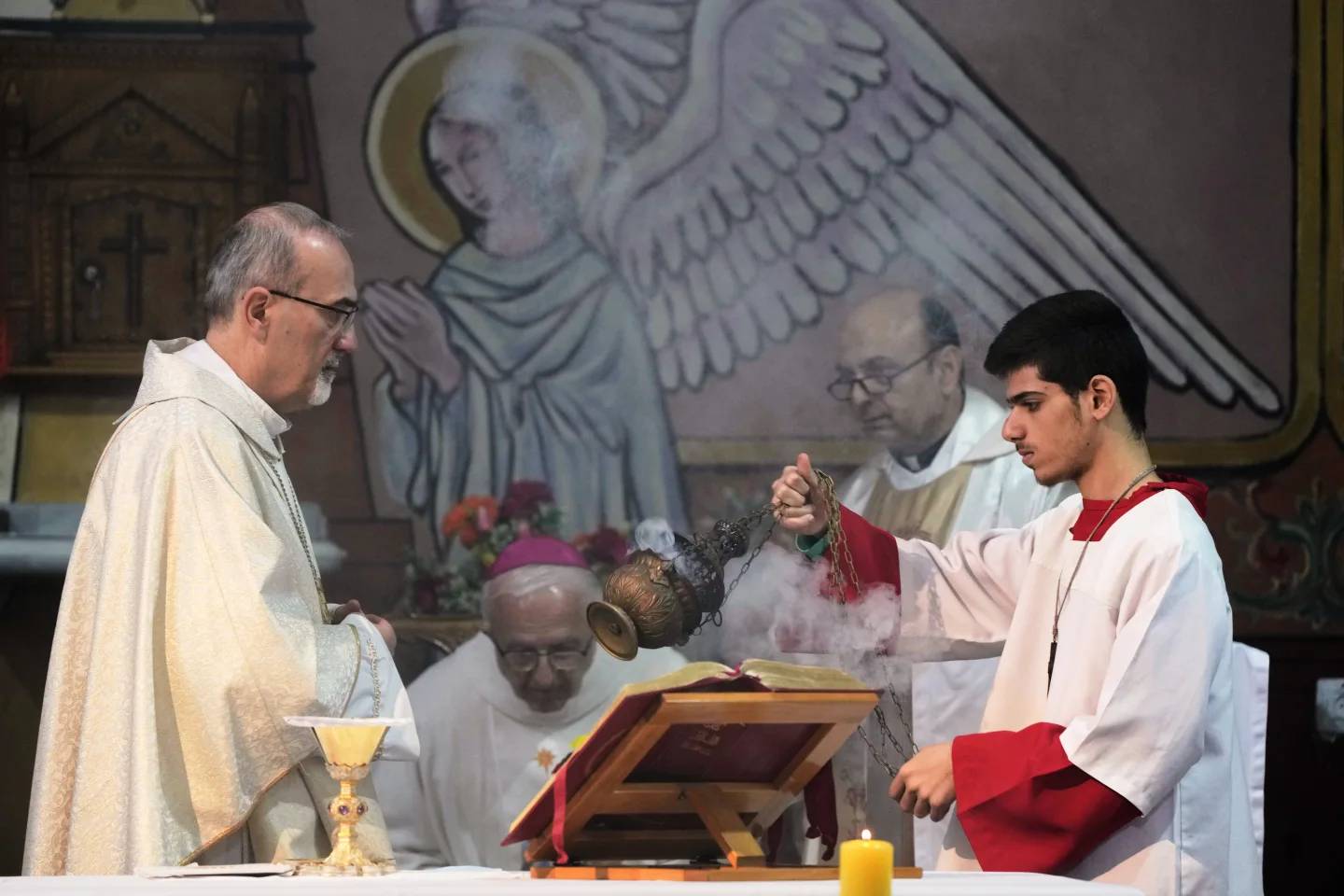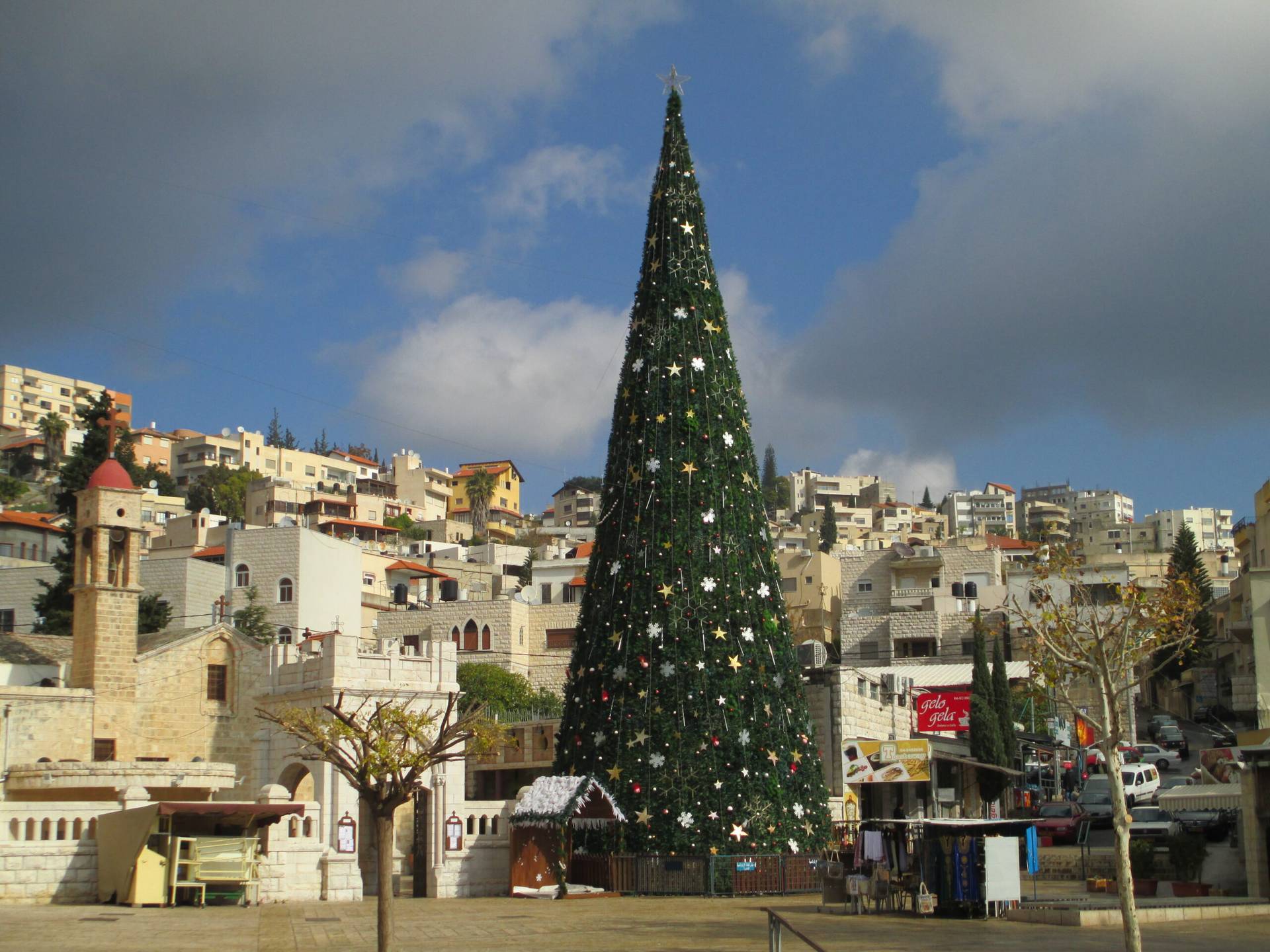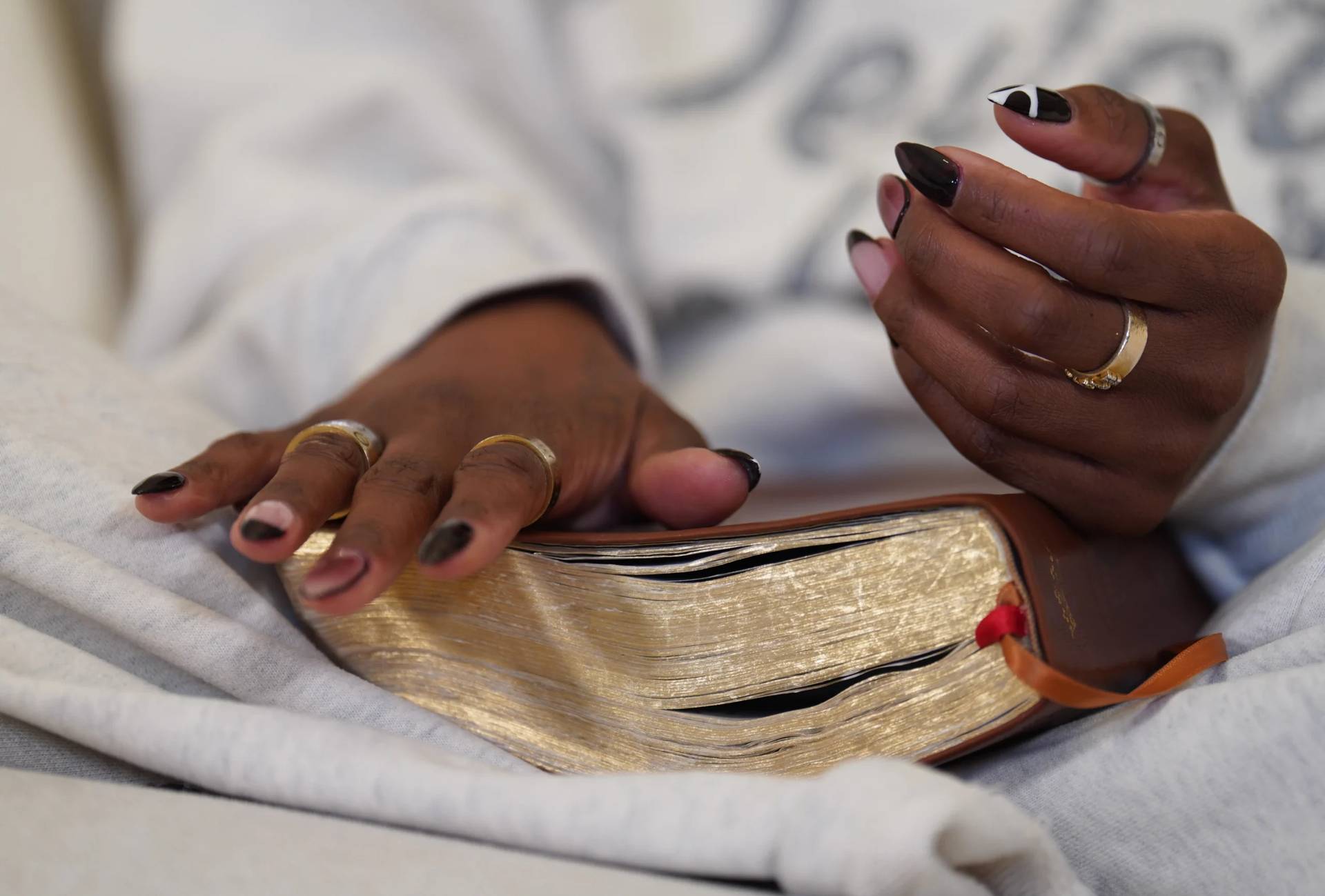ROME – Pope Francis’s doctors have said that after a week in the hospital, the pontiff is “not out of danger” and will require at least another week of hospitalization, but is also not at immediate risk of death.
“Is the pope out of danger? No, he’s not out of danger,” said Doctor Sergio Alfieri, director of the medical surgical department of Rome’s Gemelli Hospital and head of the pope’s medical team there.
Speaking to journalists Feb. 21 in the first press conference doctors have given since Pope Francis was admitted to the facility to treat a persistent bronchitis Feb. 14, Alfieri said that in terms of the pope’s clinical status, “both doors are open.”
“The pope is not out of danger. Right now he is not a risk of dying, but the situation is realistically this, and the door is open to both possibilities,” he said.
Alfieri explained that the pope was initially treated for a cold in the Vatican, which, given his age and his active schedule, developed into bronchitis that could no longer be treated at home, and required hospitalization.
After being admitted to Gemelli, the pope, who is especially vulnerable to respiratory illnesses after having part of one lung removed due to a serious bout of pneumonia as a young Jesuit, was diagnosed with a polymicrobial respiratory infection and bilateral pneumonia.
In terms of his current status, “the asthmatic bronchitis remains, the chronic disease remains,” Alfieri said, saying the pope “knows that the situation is serious. Sometimes he can’t breathe.”
However, he said the pope is currently breathing entirely on his own and is in good humor, often cracking jokes, and he also reads, works, and moves around the room with assistance, sitting in a chair or going to the chapel to pray.
On how long his hospital stay would last, Alfieri said the pope will remain hospitalized “a least all of next week,” and that “his treatment needs time to work.”
“He must leave well, and we are working for this,” he said, explaining that the pope’s situation is complex because the different drug treatments he is receiving can have counterproductive effects on one another.
For example, he said the cortisone therapy the pope is receiving for his pneumonia can lower the body’s immune defenses, and can therefore interfere with the antibiotic treatment he is receiving for his infection, meaning his infection can spread and lead to sepsis in his other organs.
However, too low of a dose of cortisone means there is a risk that his pneumonia will worsen, he said, saying the pope’s medical team are monitoring the doses carefully in an attempt to find the right balance.
In the past two days the Vatican’s medical bulletin on the pope’s condition have reported “slight improvement” in his blood tests and in his overall clinical condition.
Alfieri did not indicate a precise timeline for the pope’s return, other than that his hospital stay will last through next week.
“The treatments need time. He will return to Santa Marta when hospital care is no longer necessary,” he said, saying, “from when he arrived, he is a lot better, but in a day the situation can change, because he is receiving a very significant load of medicines.”
Luigi Carbone, deputy director of the Health and Hygiene department of Vatican City State and the pope’s personal doctor, told journalists during Friday’s press conference that the daily medial bulletins that are published on the pope’s condition are a product of the team’s observations, and are approved by the pope.
“He wanted us to always tell the truth. It was him who asked us to say: I realize that I am an elderly man and that I have chronic problems. Even if he gets better, the asthmatic bronchitis and bronchiectasis remain,” he said.
Though Pope Francis is able to move around, his mobility is still limited, as are the number of collaborators and visitors allowed in to see him. So far, his only visitors have been what the Vatican described as his “closest collaborators,” and Italian Prime Minister Girogia Meloni.
This will mark Francis’s longest hospital stay, having previously spent two different 10-day stints at Gemelli, once in 2021 for an invasive colon surgery, and again in 2023 after surgery to repair an abdominal hernia resulting from a previous operation.
If he remains in the hospital longer than 18 days, his stay will surpass the longest-ever hospital stay of his predecessor, Pope Saint John Paul II, whose longest admittance to the facility was nearly 20 days.
John Paul II reigned as pope for nearly 27 years and was admitted to Gemelli a total of seven times during his papacy, with his longest hospitalization lasting 18 days. If Pope Francis’s stay stretches beyond, it will mark the longest papal hospitalization in the last three pontificates.
Follow Elise Ann Allen on X: @eliseannallen
